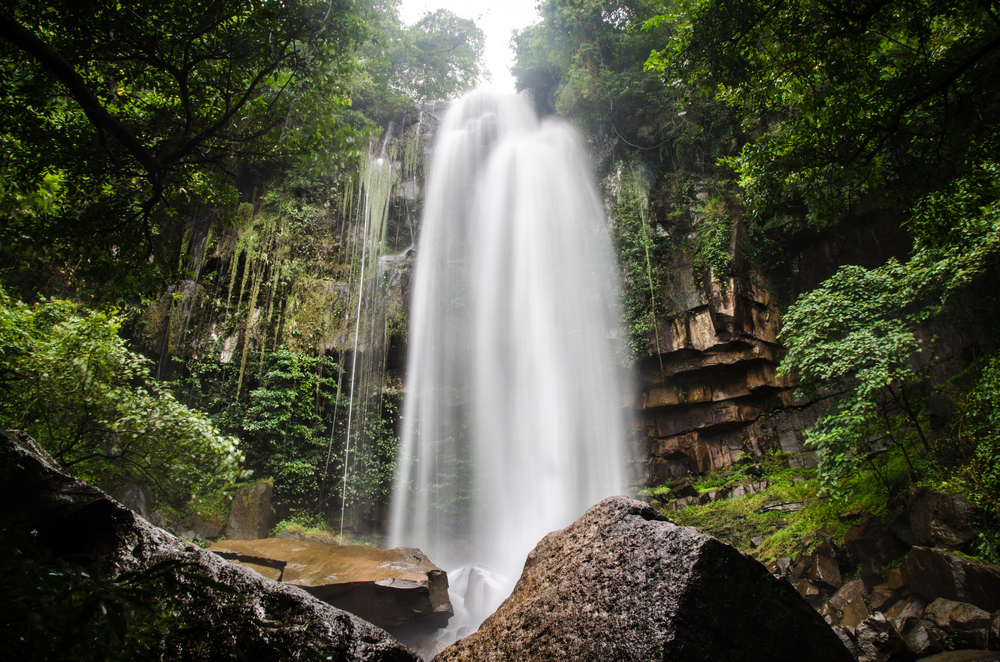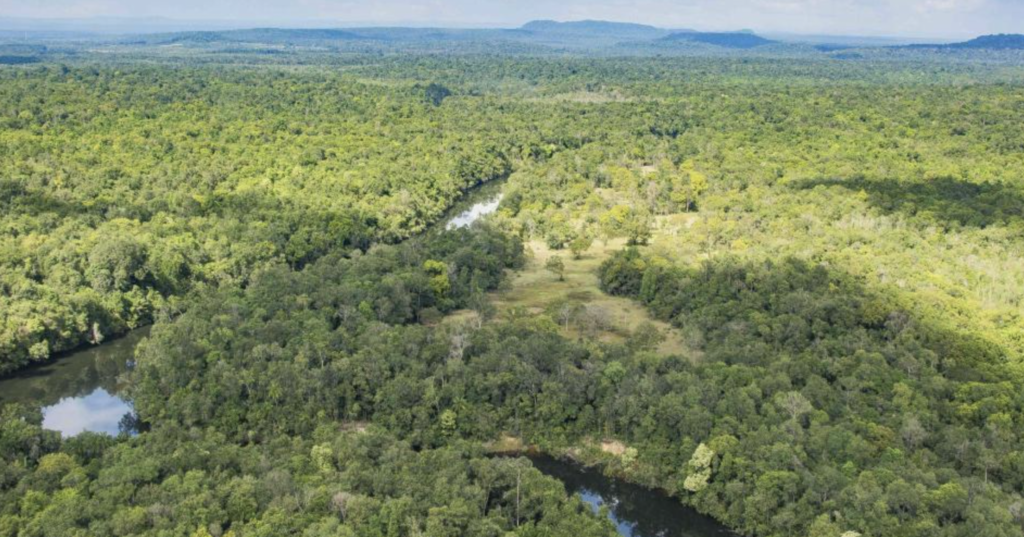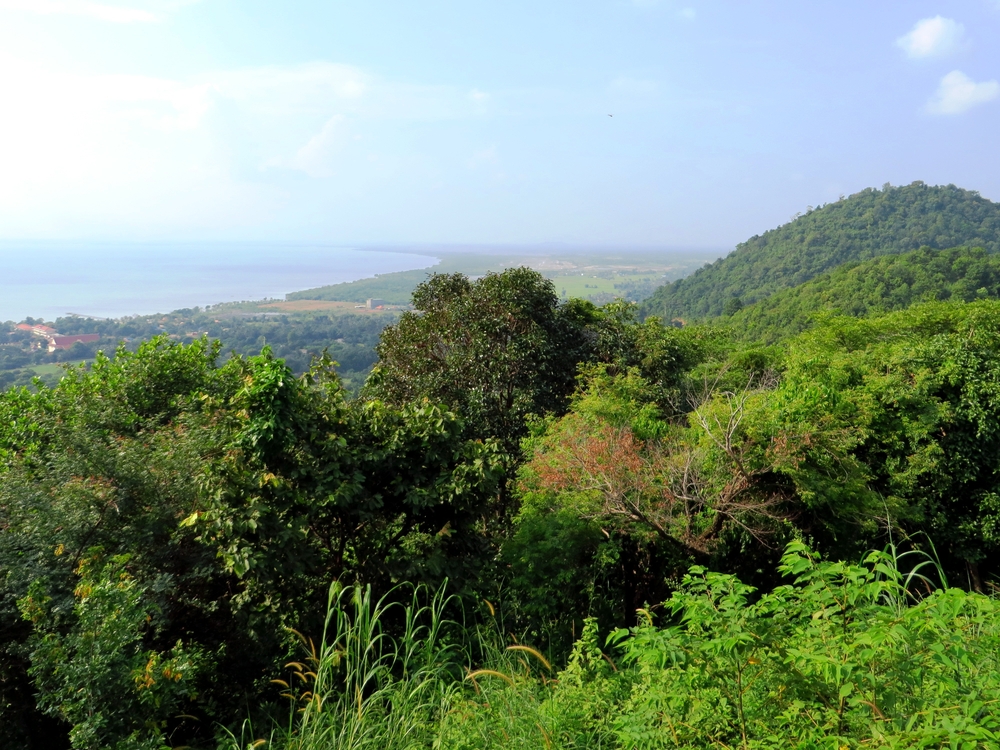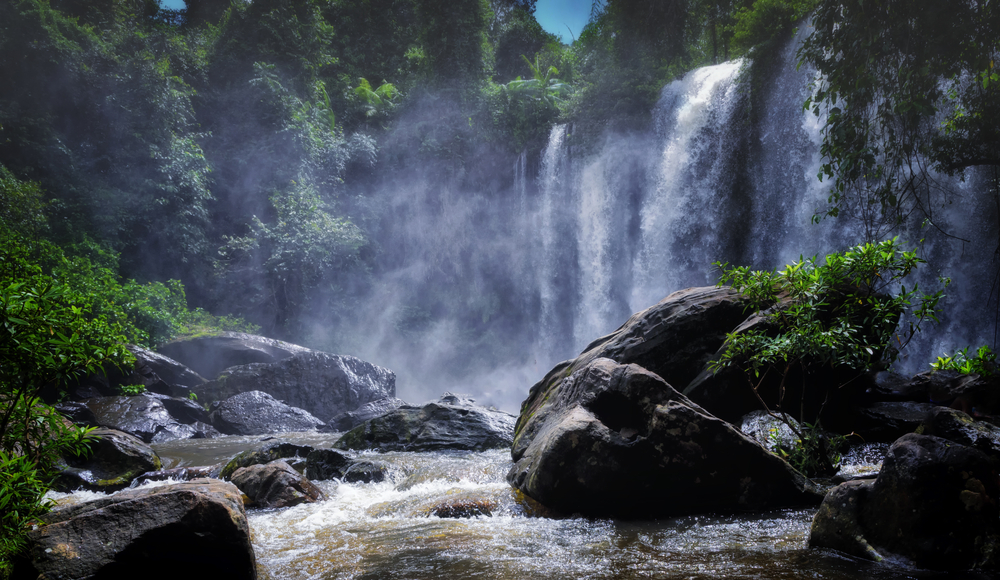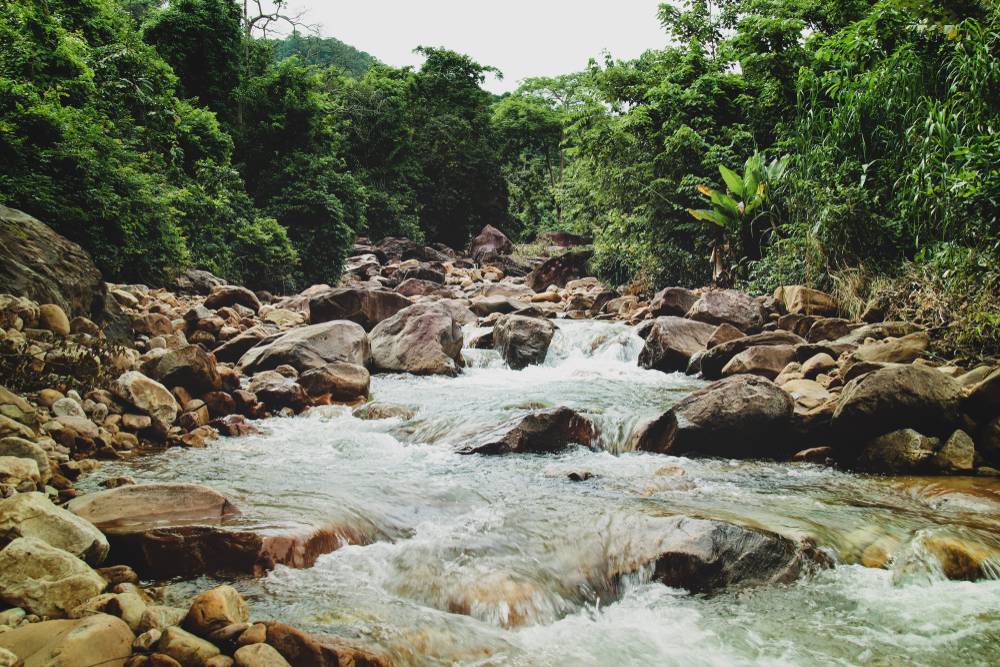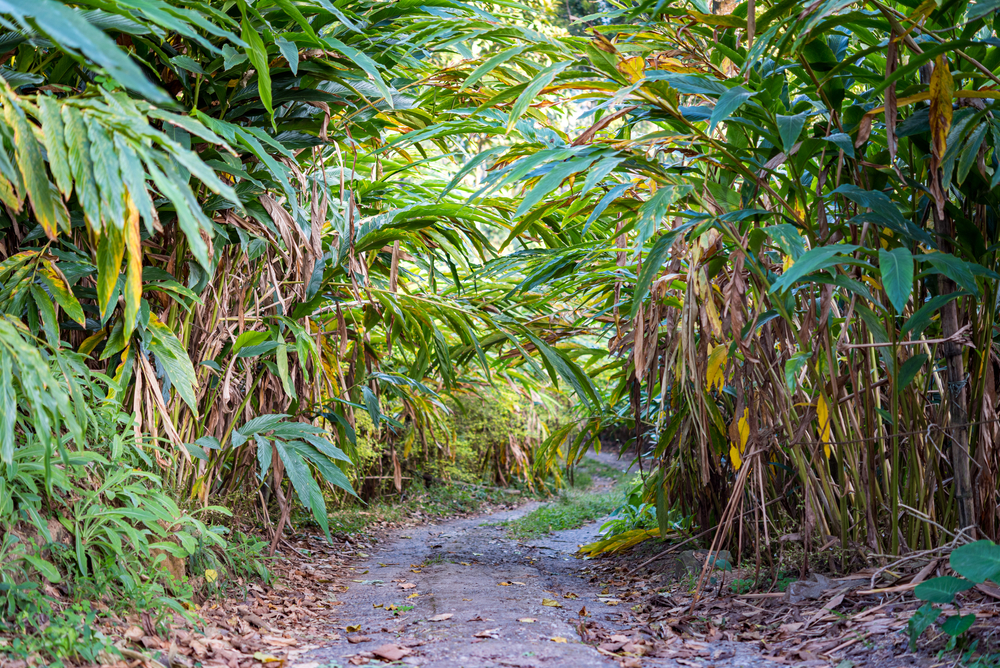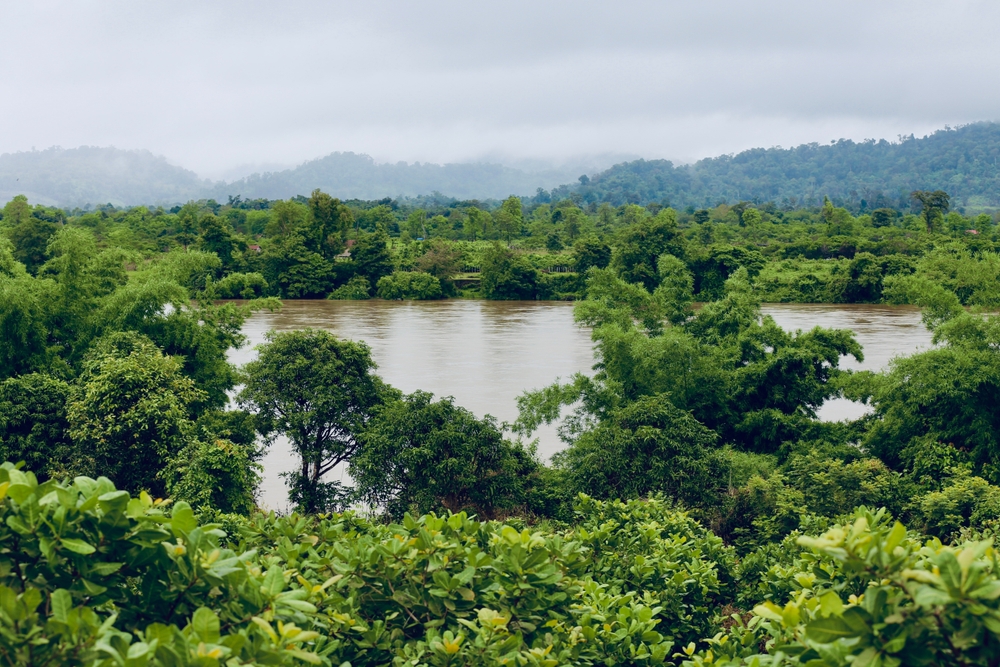Kirirom Overview
Kirirom National Park, locally known as Preah Suramarit-Kossamak Kirirom National Park, is a picturesque nature reserve situated in Cambodia’s Kampong Speu Province, extending into parts of Koh Kong Province. Covering approximately 135 square miles (350 square kilometers), this park is a haven of natural beauty and biodiversity, perched on the eastern edge of the Cardamom Mountains at an elevation of about 2,200 feet (670 meters) above sea level. Its name, “Kirirom,” translates to “Mountain of Joy” in Khmer, a fitting moniker for its serene and lush environment.
The terrain of Kirirom National Park is marked by rolling hills, dense pine forests, and cool waterfalls, offering a stark contrast to the tropical lowlands of Cambodia. The unique vegetation includes pine trees uncommon in the region, interspersed with tropical flora like orchids and ferns. These distinctive ecosystems provide a refreshing and cool retreat, especially during Cambodia’s sweltering dry season.
Wildlife enthusiasts will find Kirirom National Park a rewarding destination. It is home to several notable species, including gibbons, leopards, and civets, along with an array of birdlife such as the Great Hornbill and Green Peafowl. The park’s waterfalls and streams support a variety of amphibians and aquatic life, adding to its ecological richness. However, the elusive nature of many animals makes patience and luck essential for sightings.
Visitors can enjoy numerous activities in the park, from trekking and birdwatching to picnicking near waterfalls like the Chambok Eco-tourism Site. Trails of varying difficulty wind through the park, allowing hikers to explore its diverse landscapes while enjoying sweeping views of the surrounding mountains. Cyclists and campers are also drawn to Kirirom, with options to rent bikes or pitch tents for an immersive experience in nature. Local guides and eco-tourism initiatives add value by offering insights into the park’s history, culture, and conservation efforts.
Despite its natural allure, Kirirom National Park faces challenges, including deforestation, illegal logging, and human encroachment. These activities threaten its delicate ecosystems and biodiversity. Conservation efforts are underway, driven by both government initiatives and local community participation, emphasizing sustainable tourism and reforestation projects.
Kirirom National Park is a sanctuary of tranquility and biodiversity, offering a rare combination of unique terrain, rich wildlife, and eco-friendly activities. It provides an idyllic escape into nature while highlighting the importance of preserving Cambodia’s natural heritage. Whether hiking through pine forests, marveling at cascading waterfalls, or simply basking in its serene landscapes, Kirirom leaves an indelible impression on all who visit.








































































